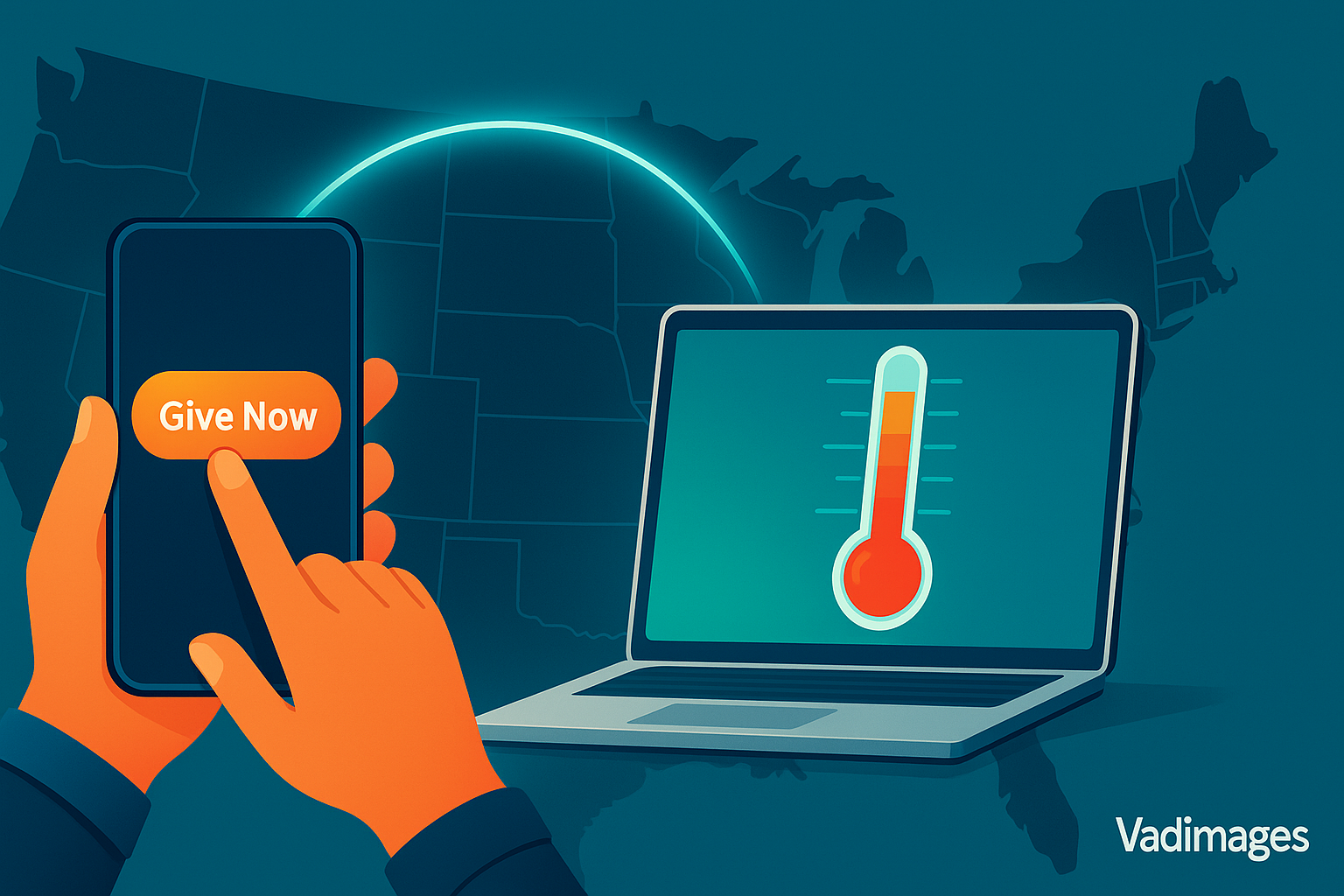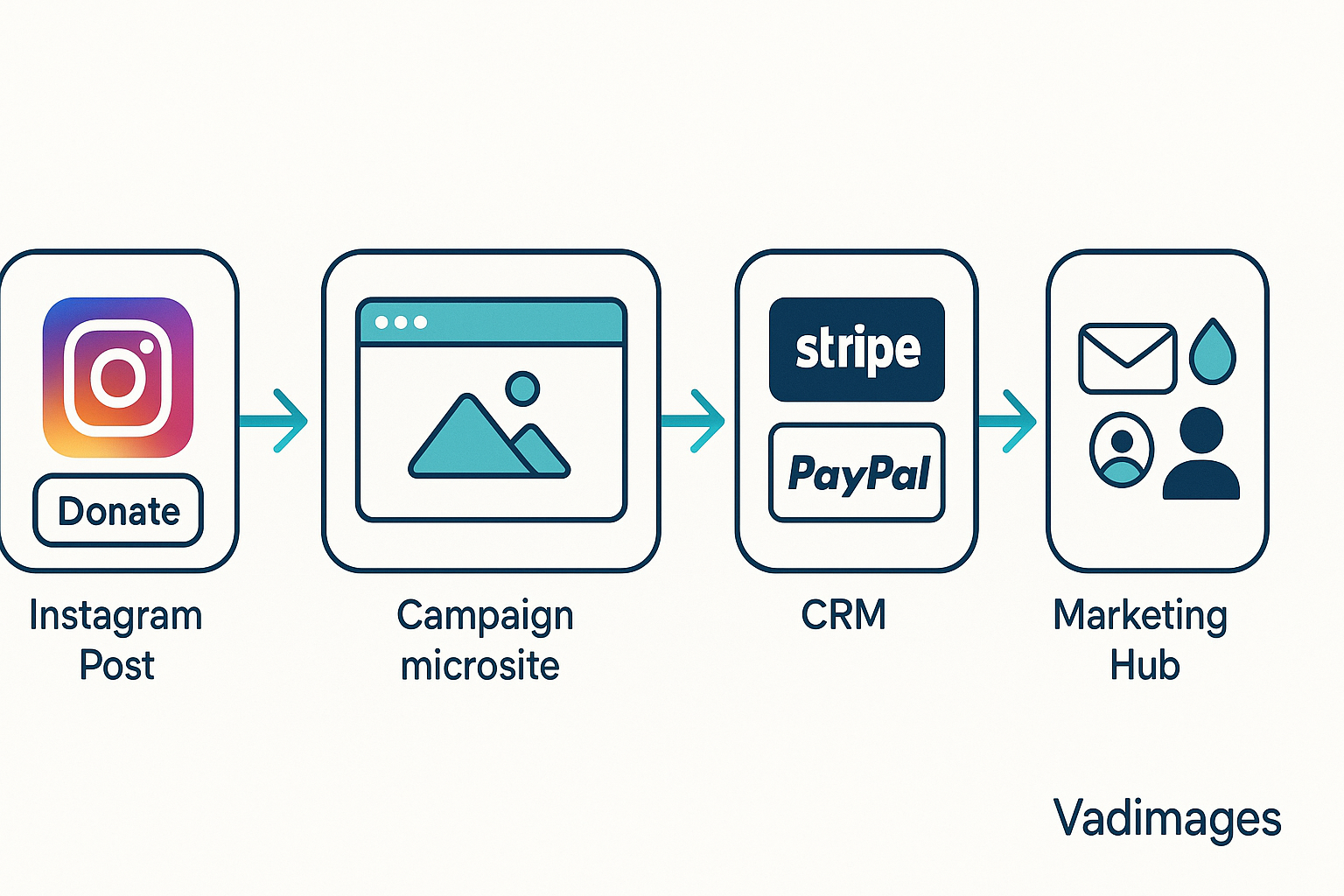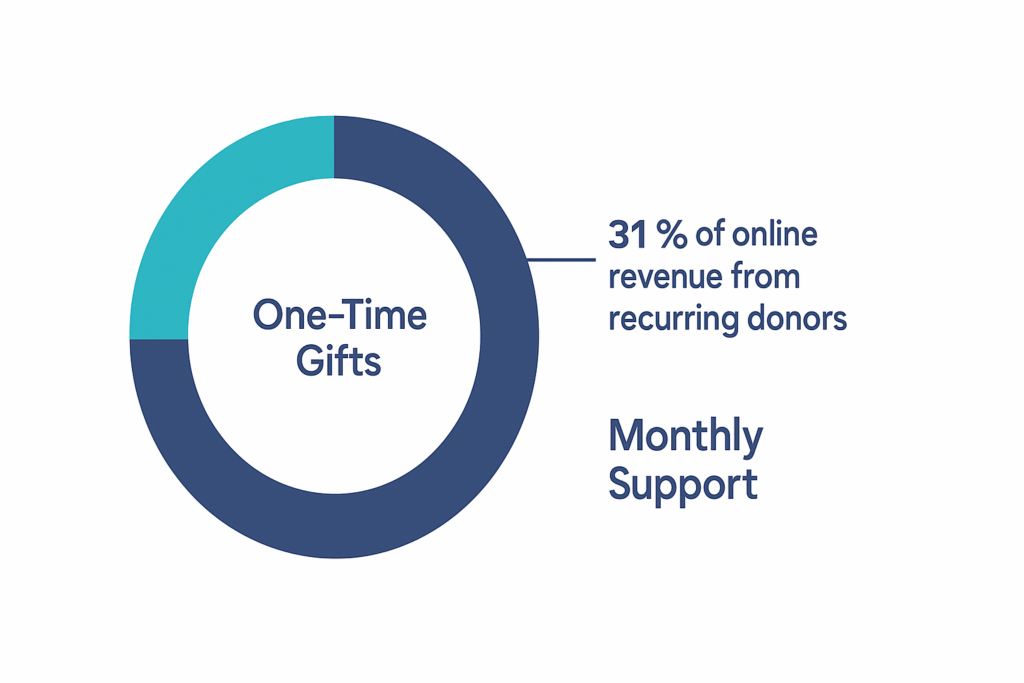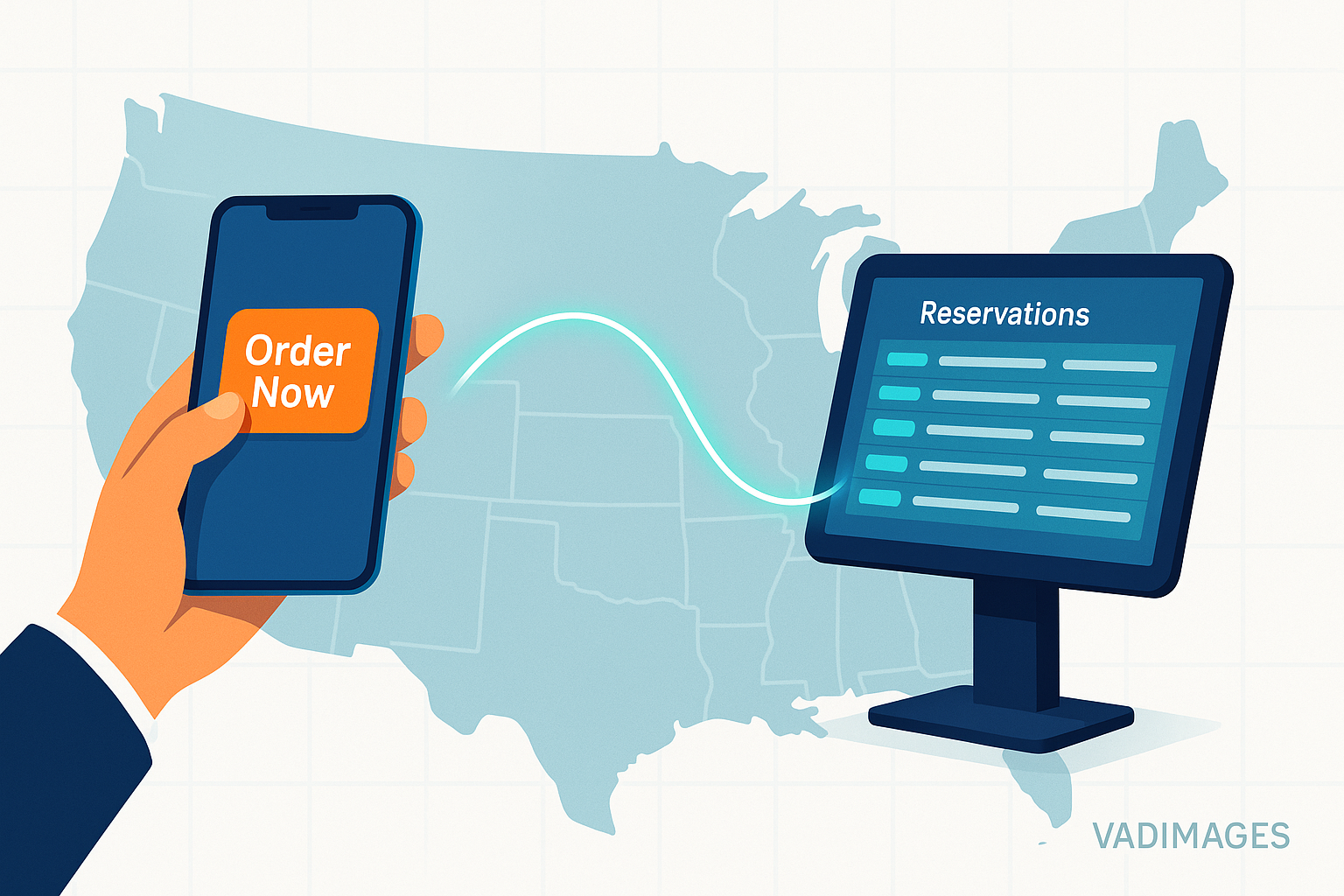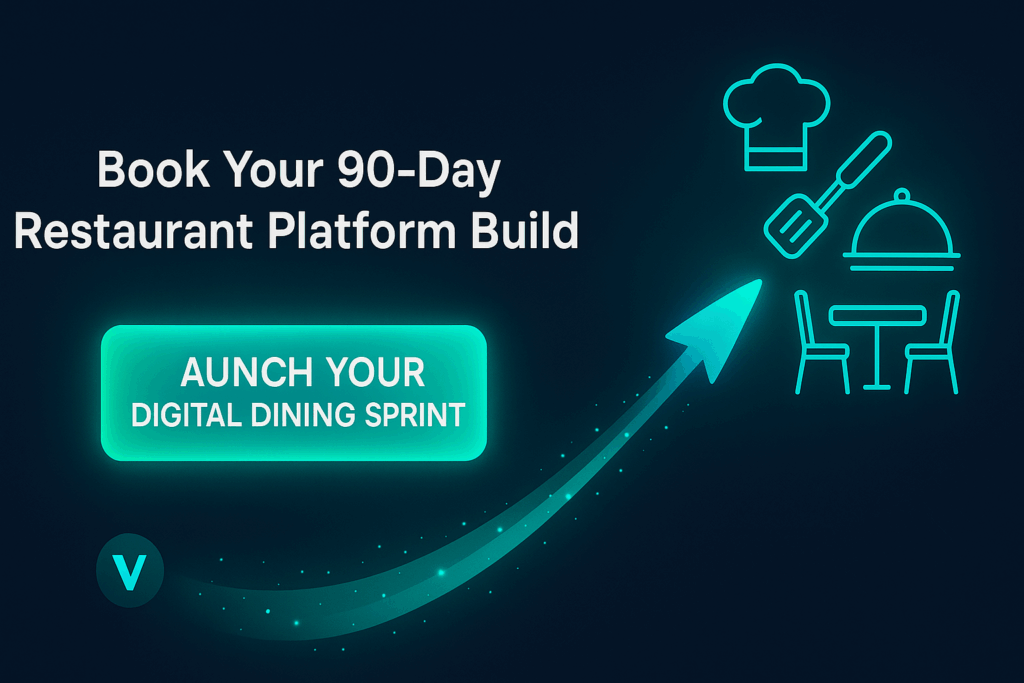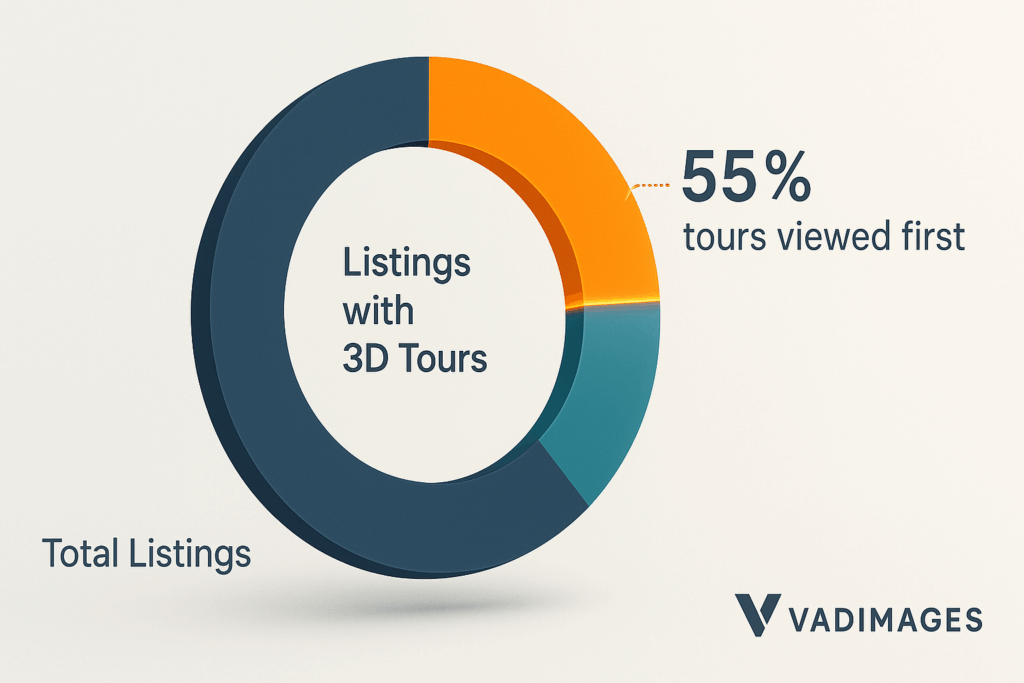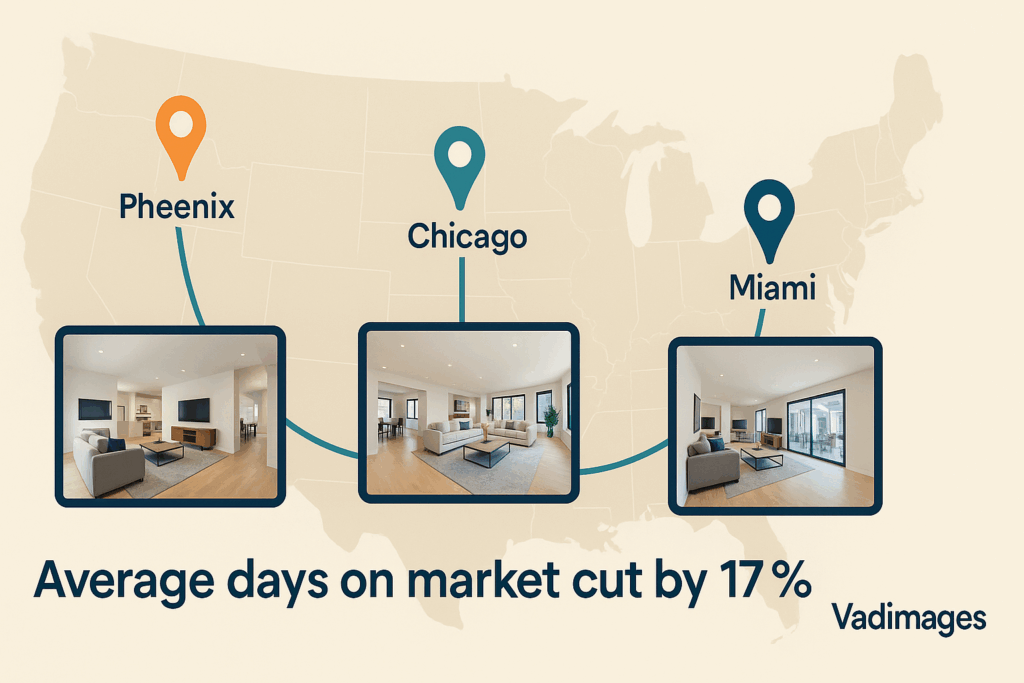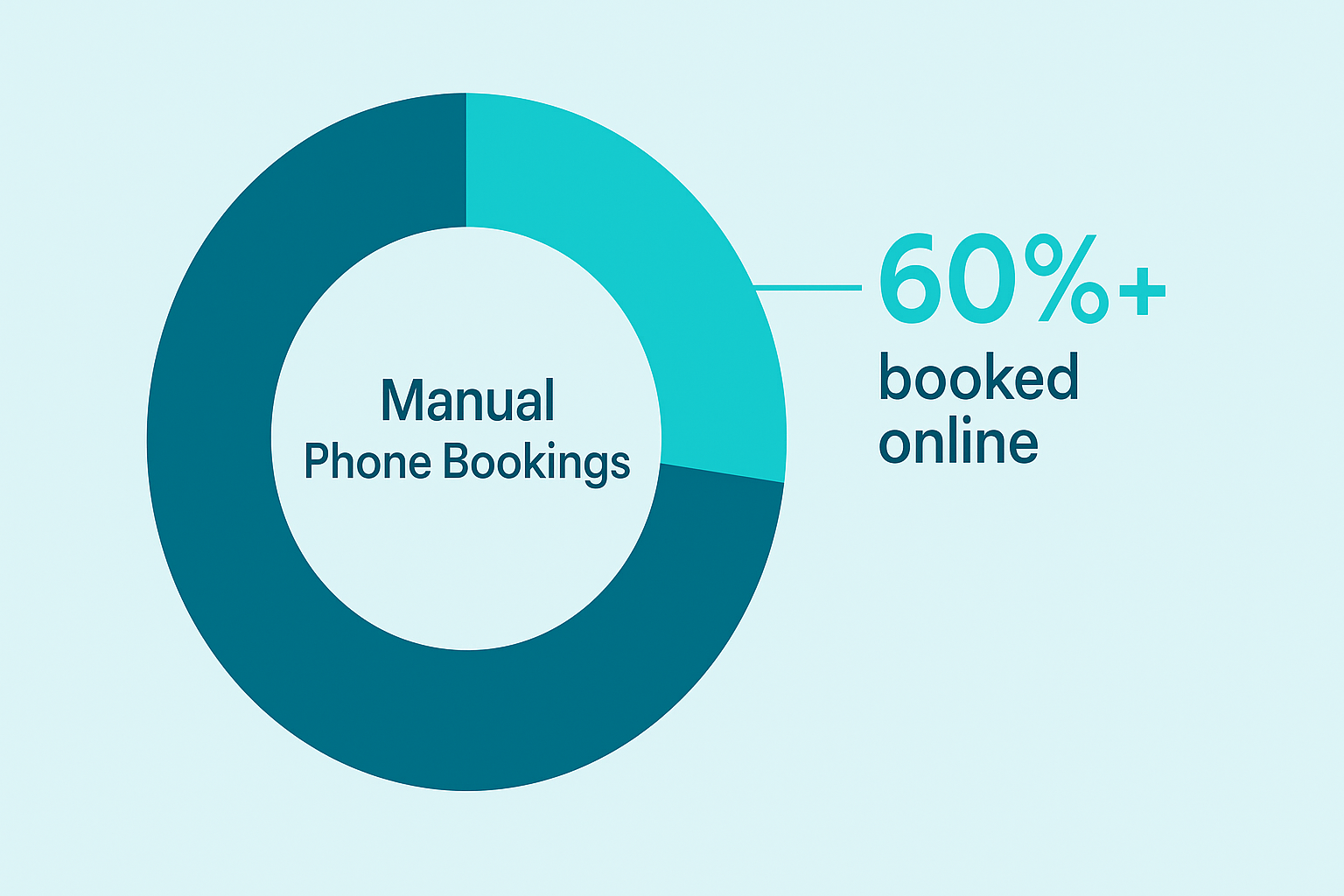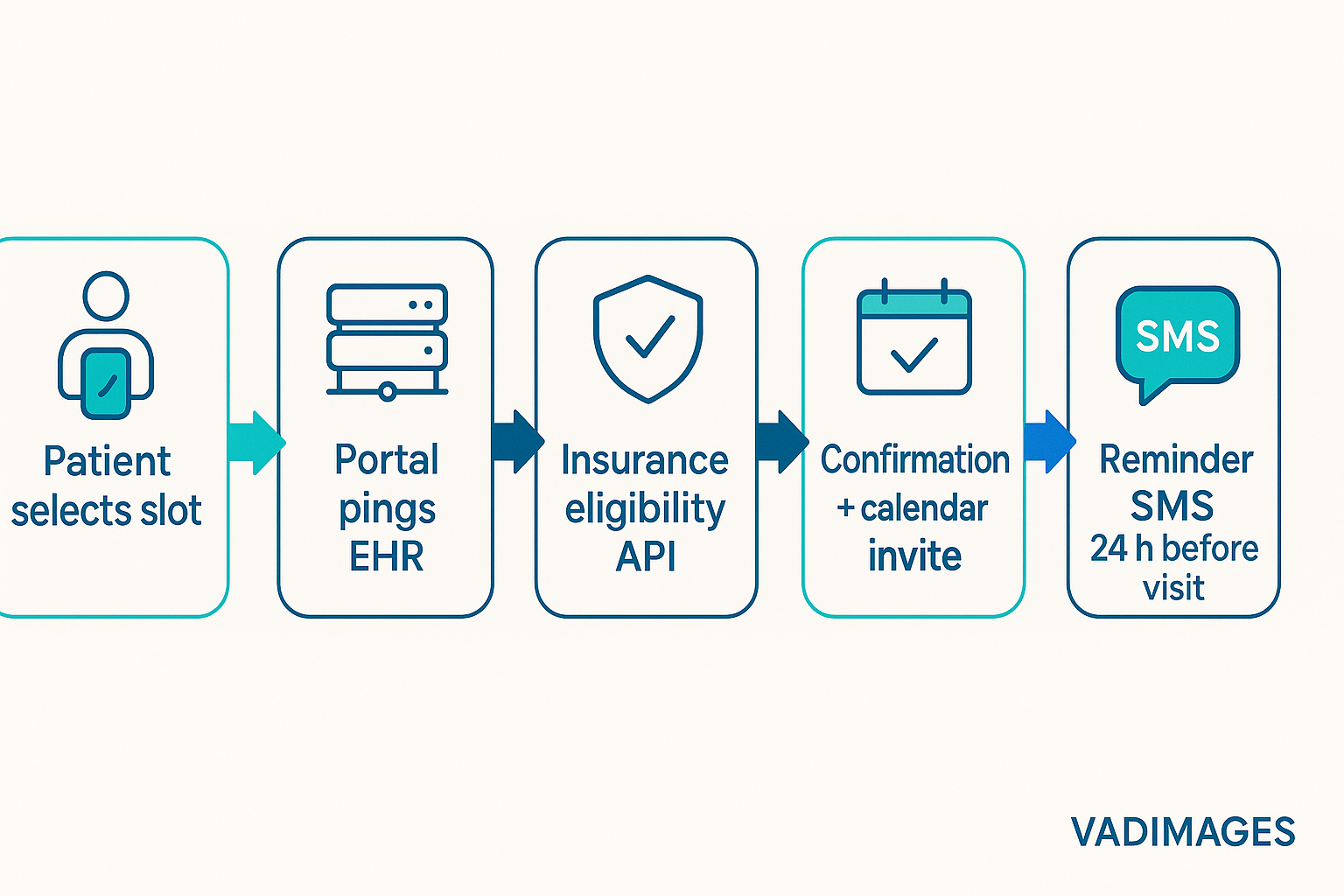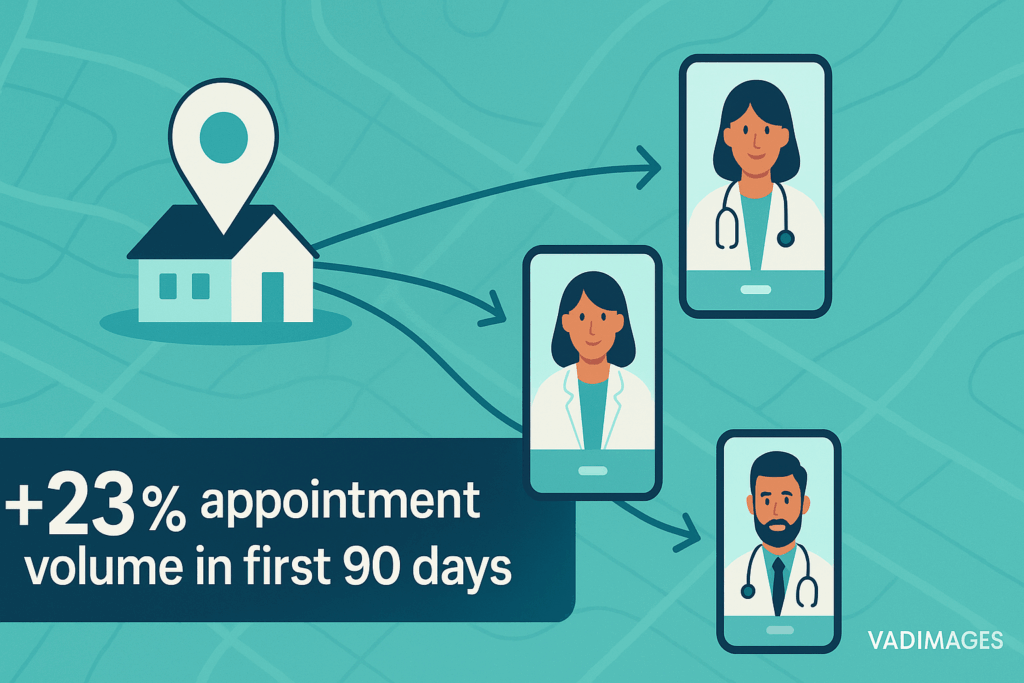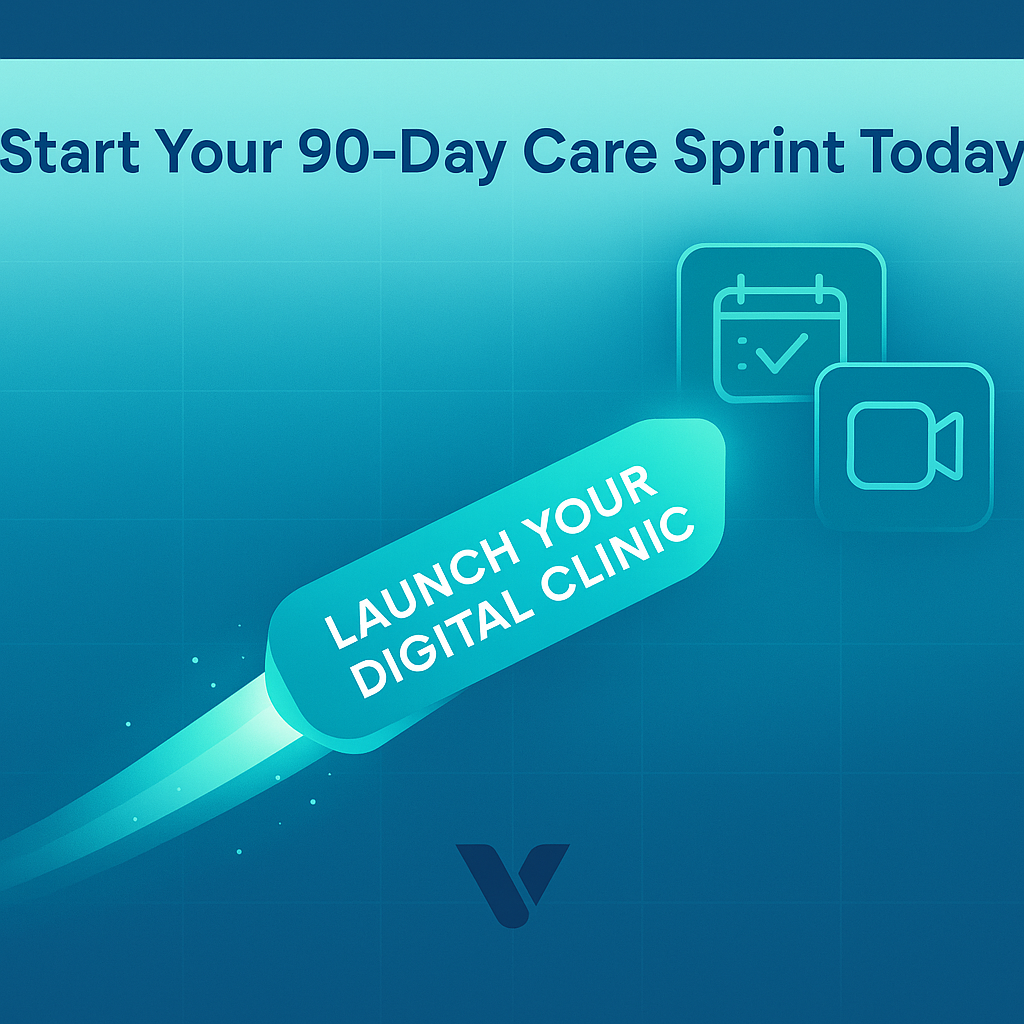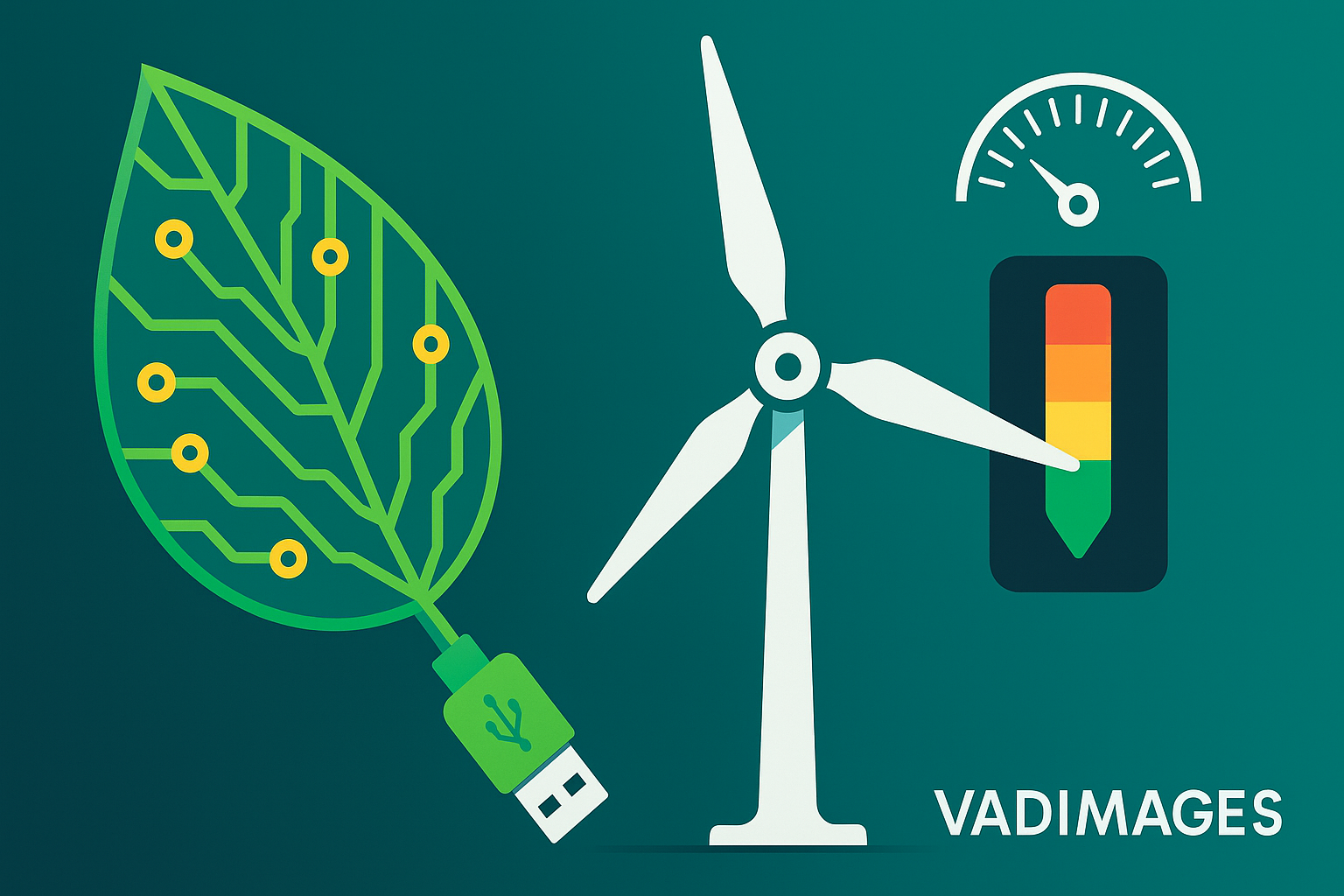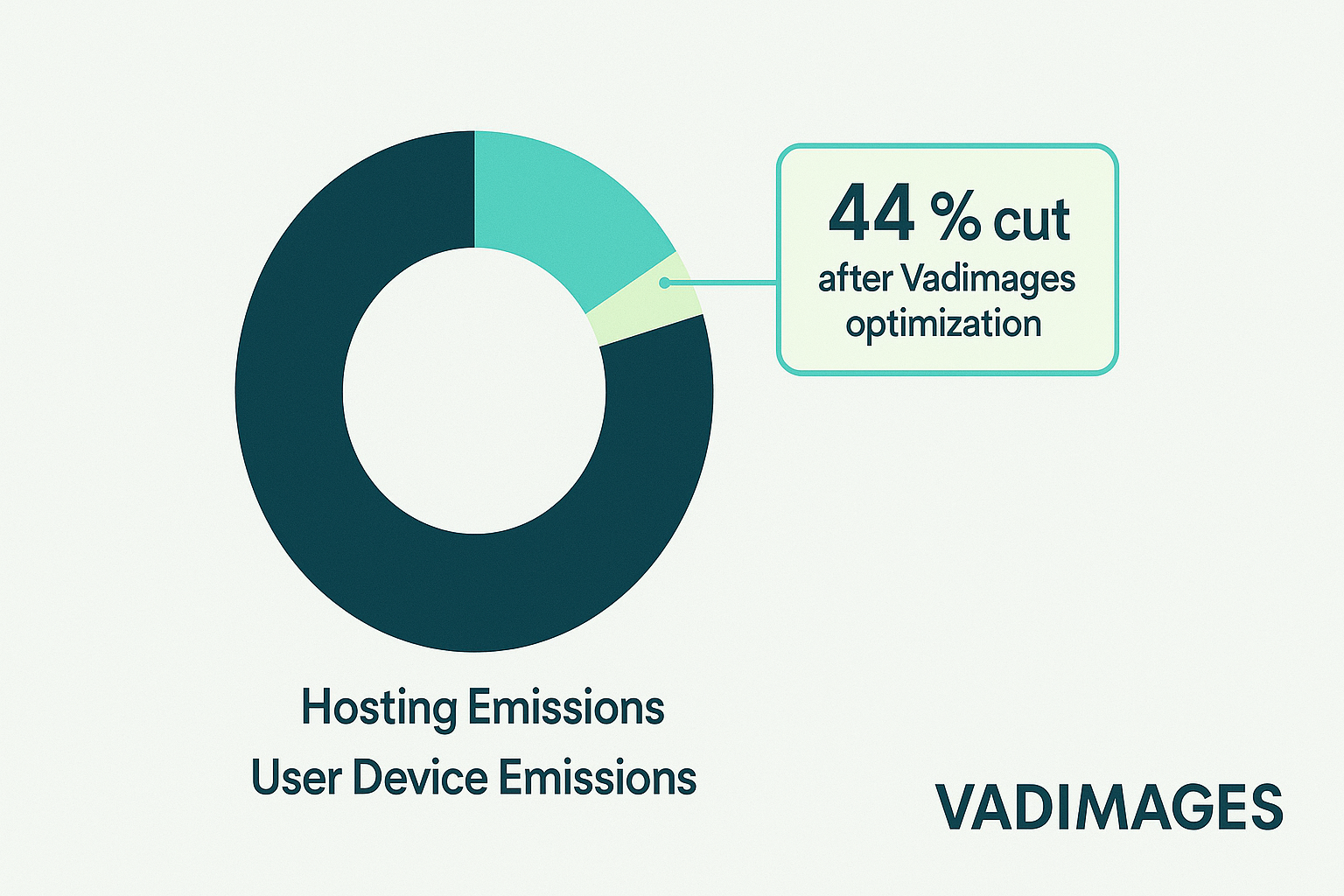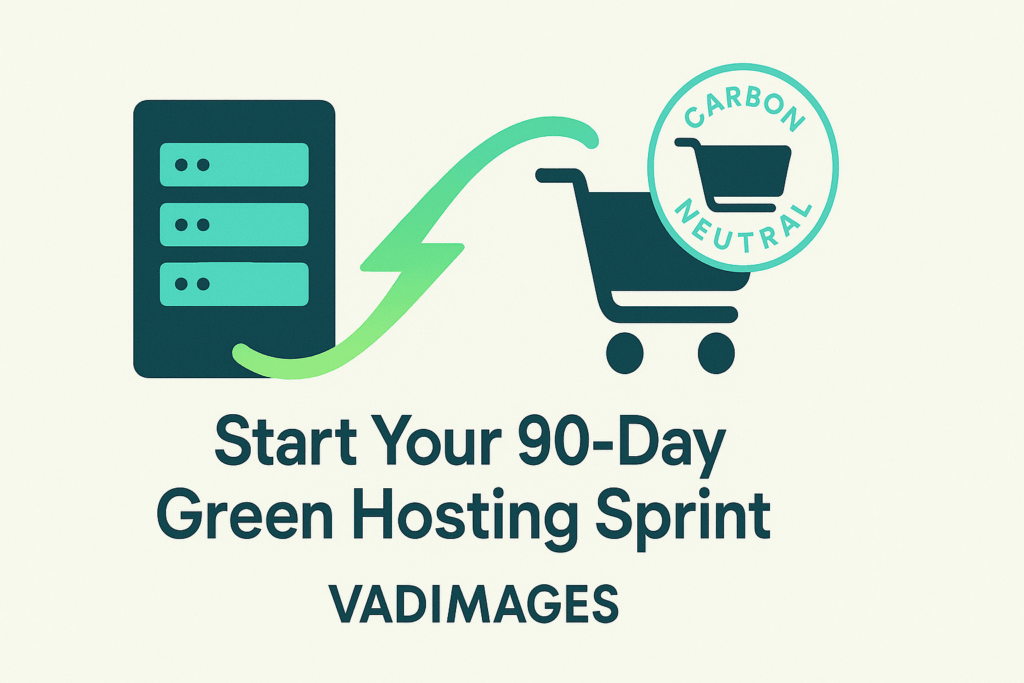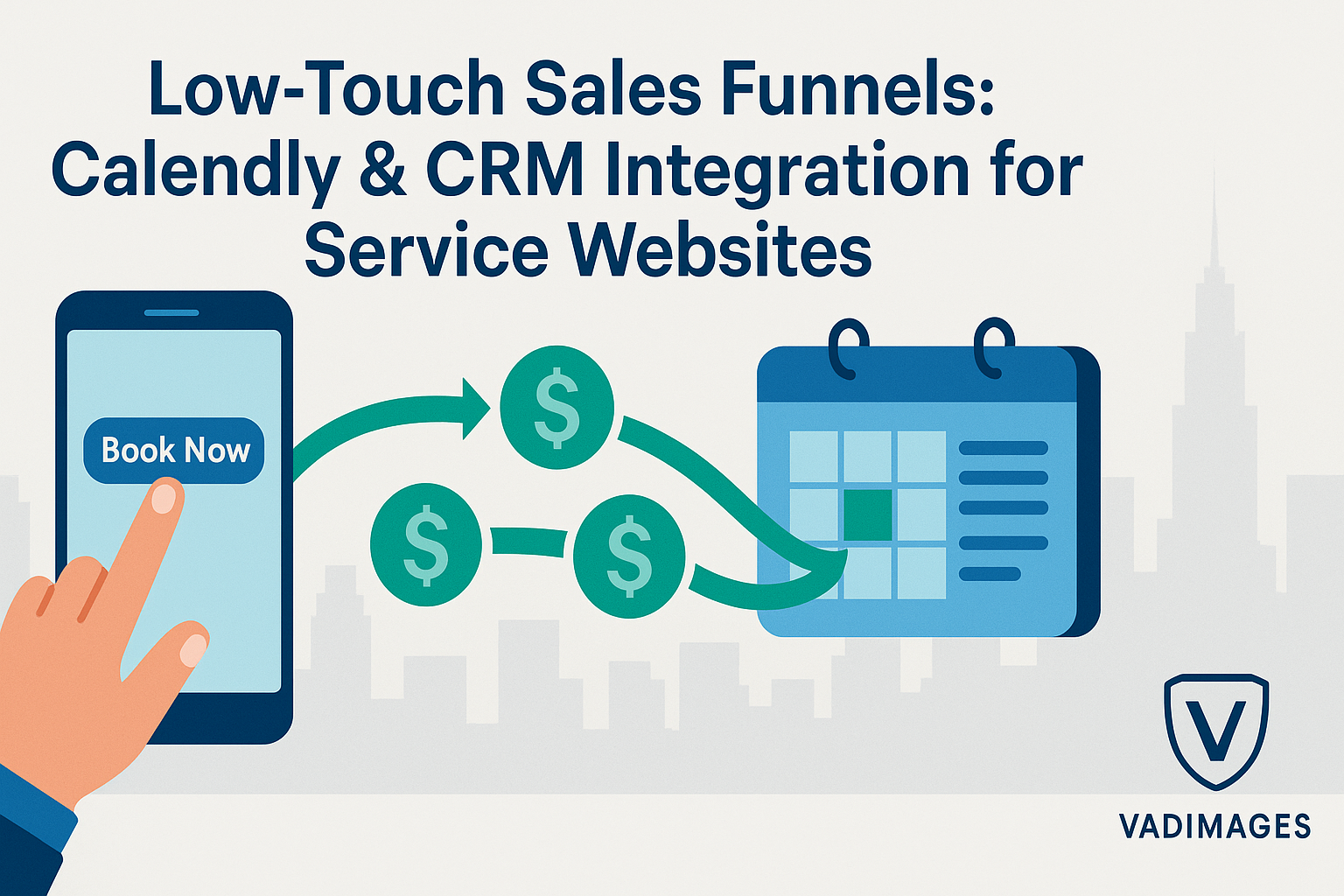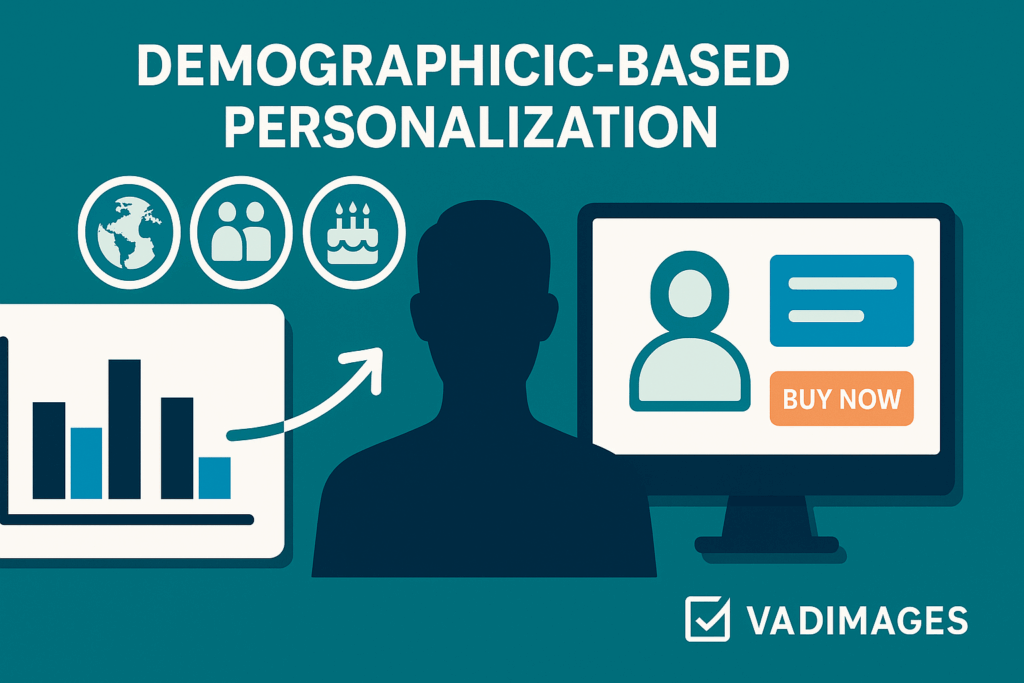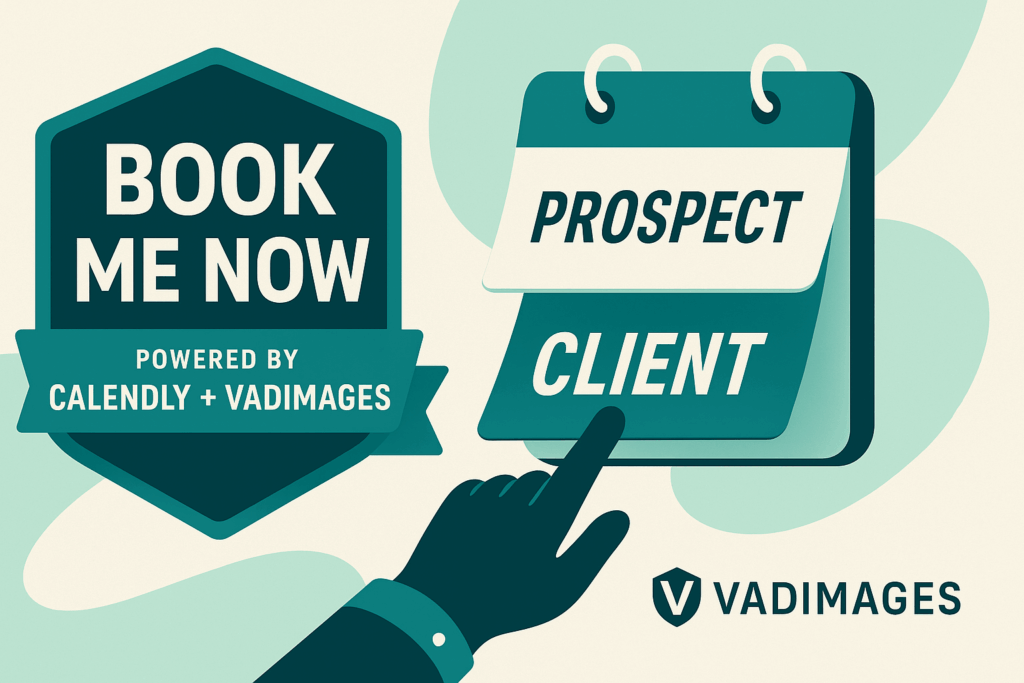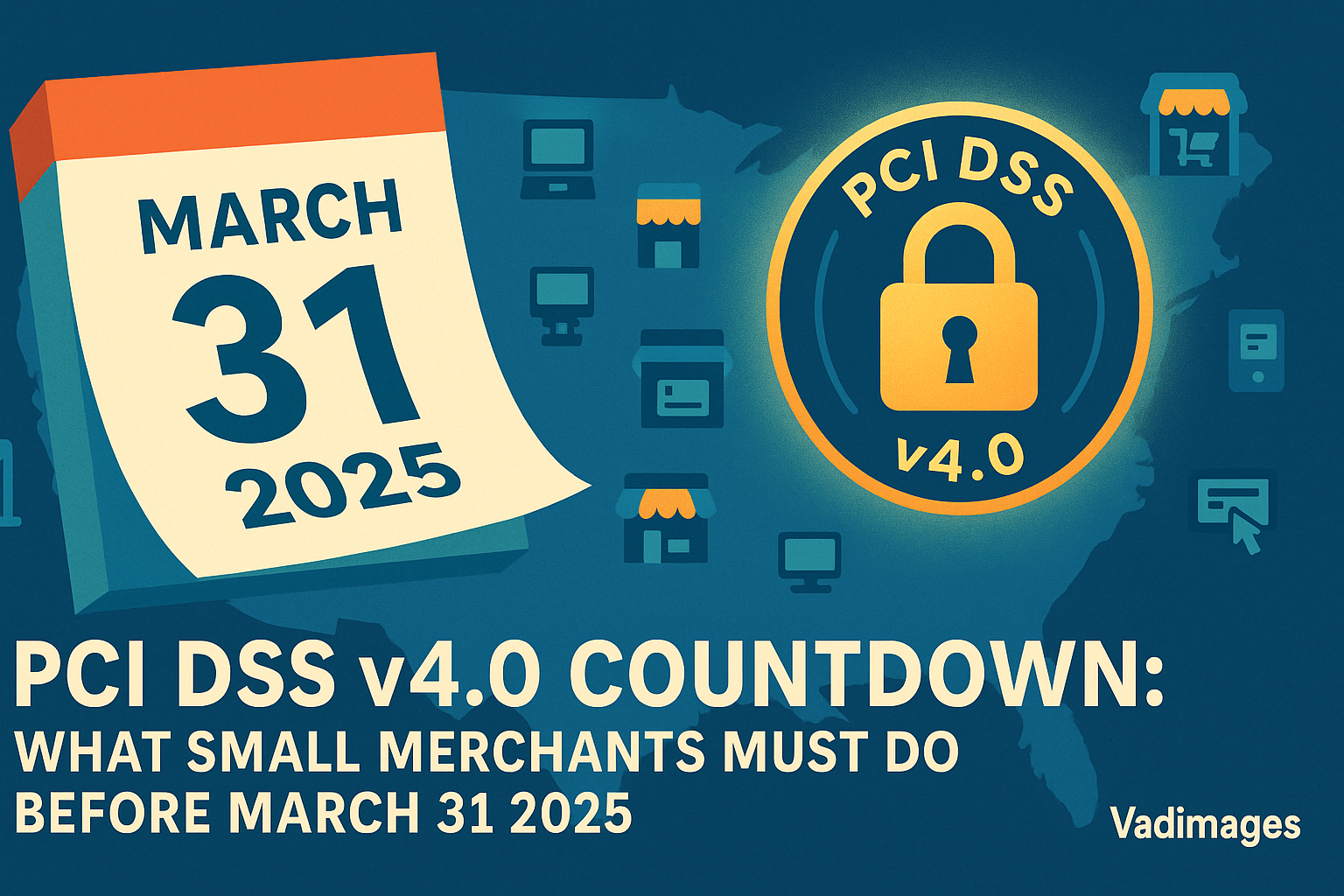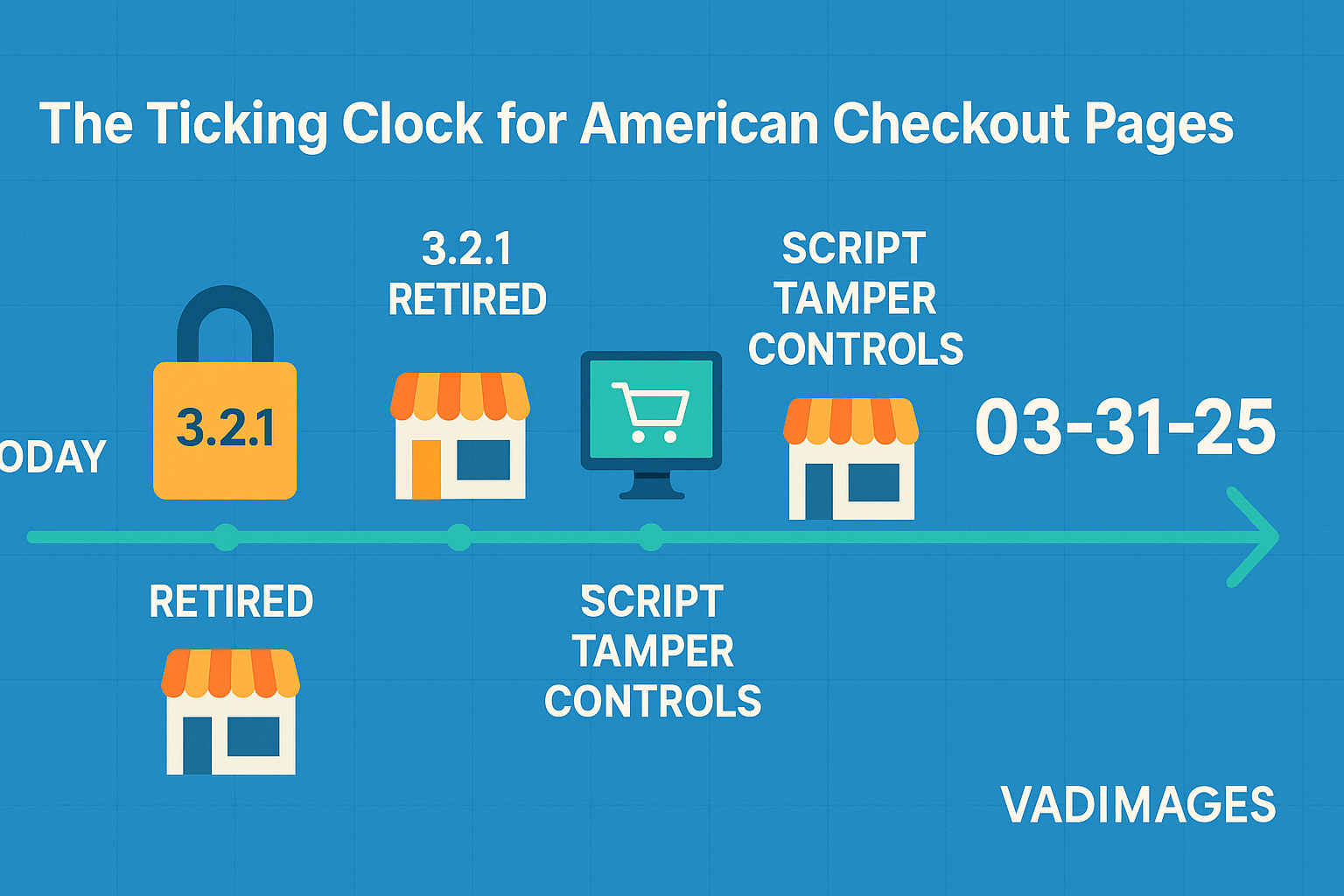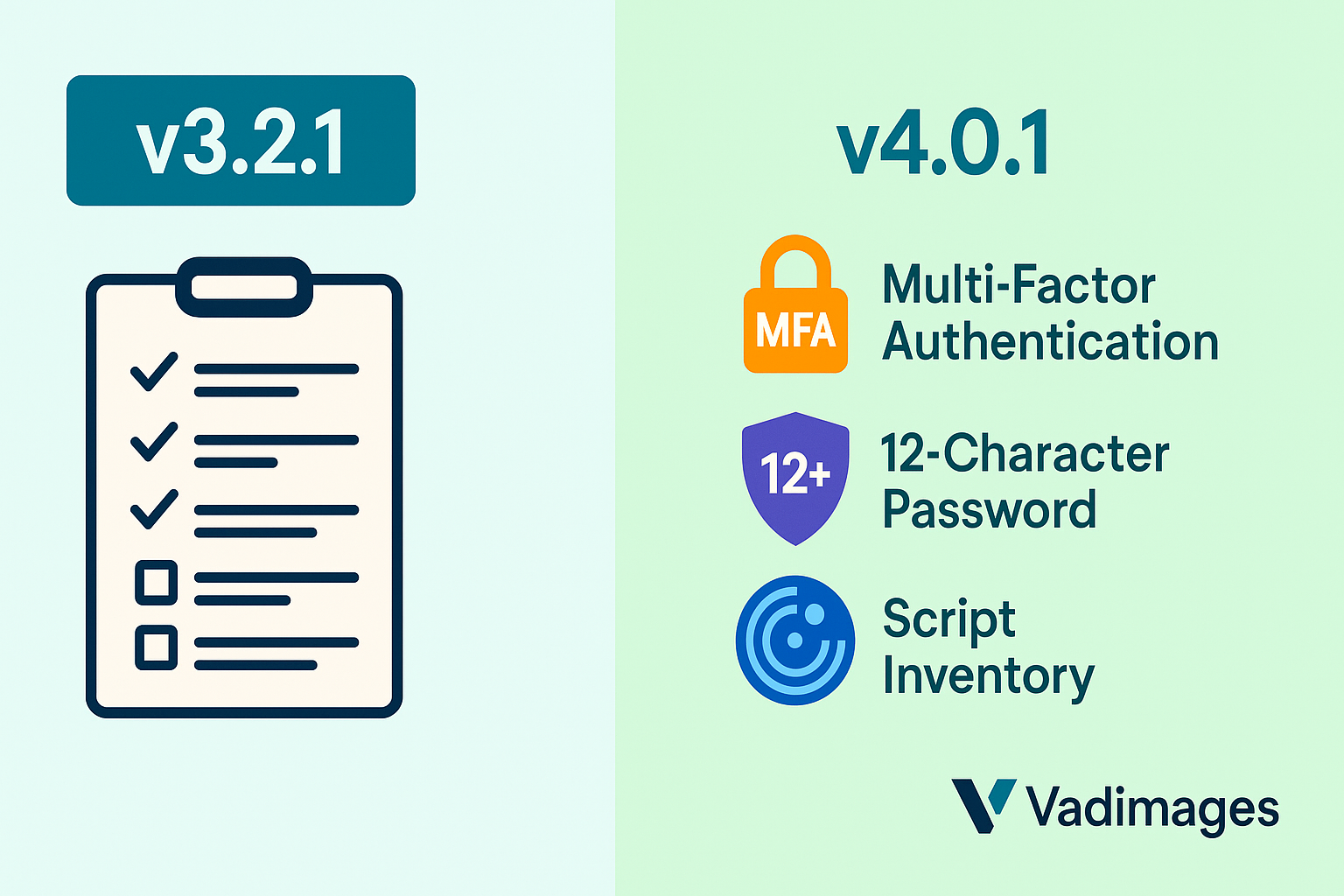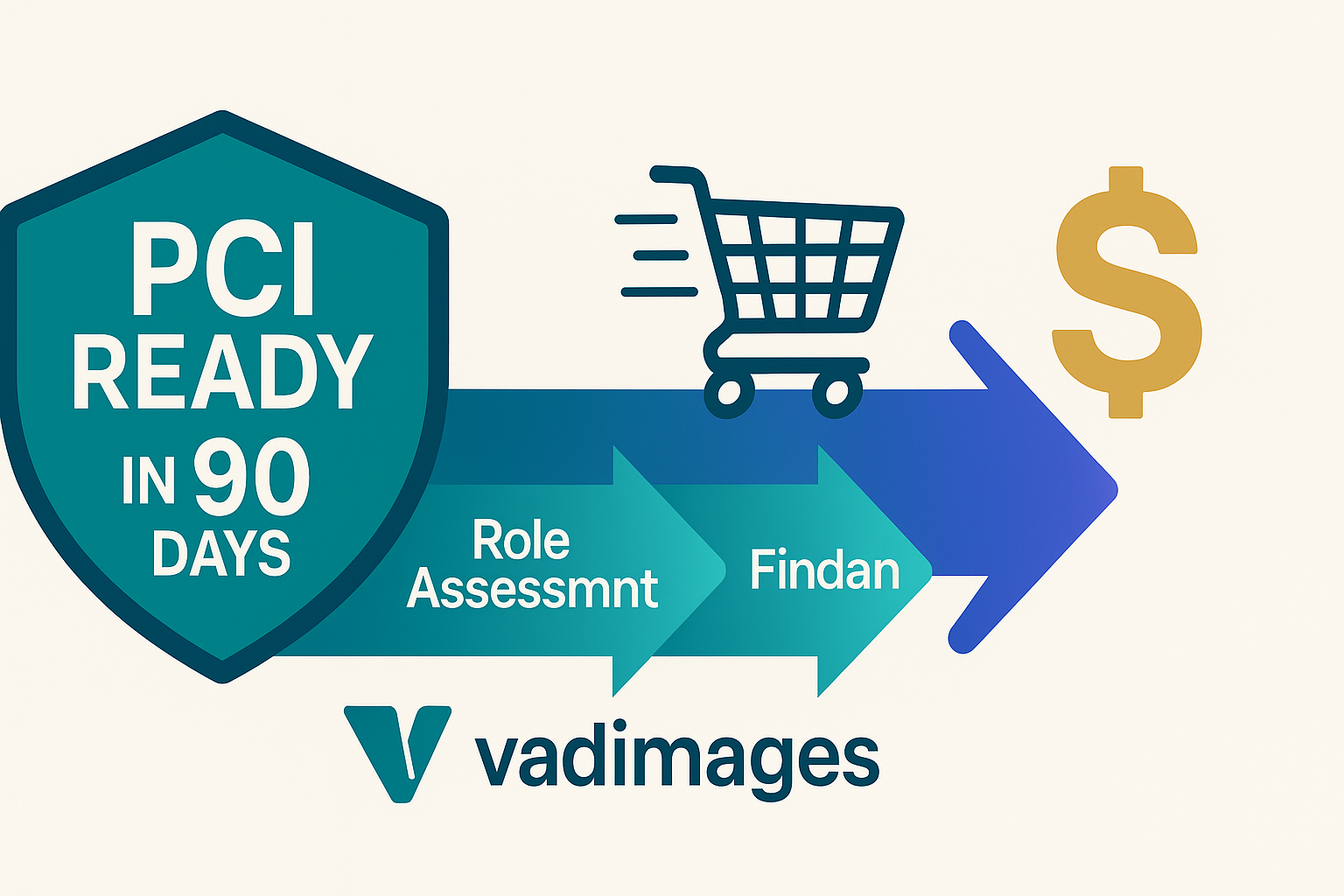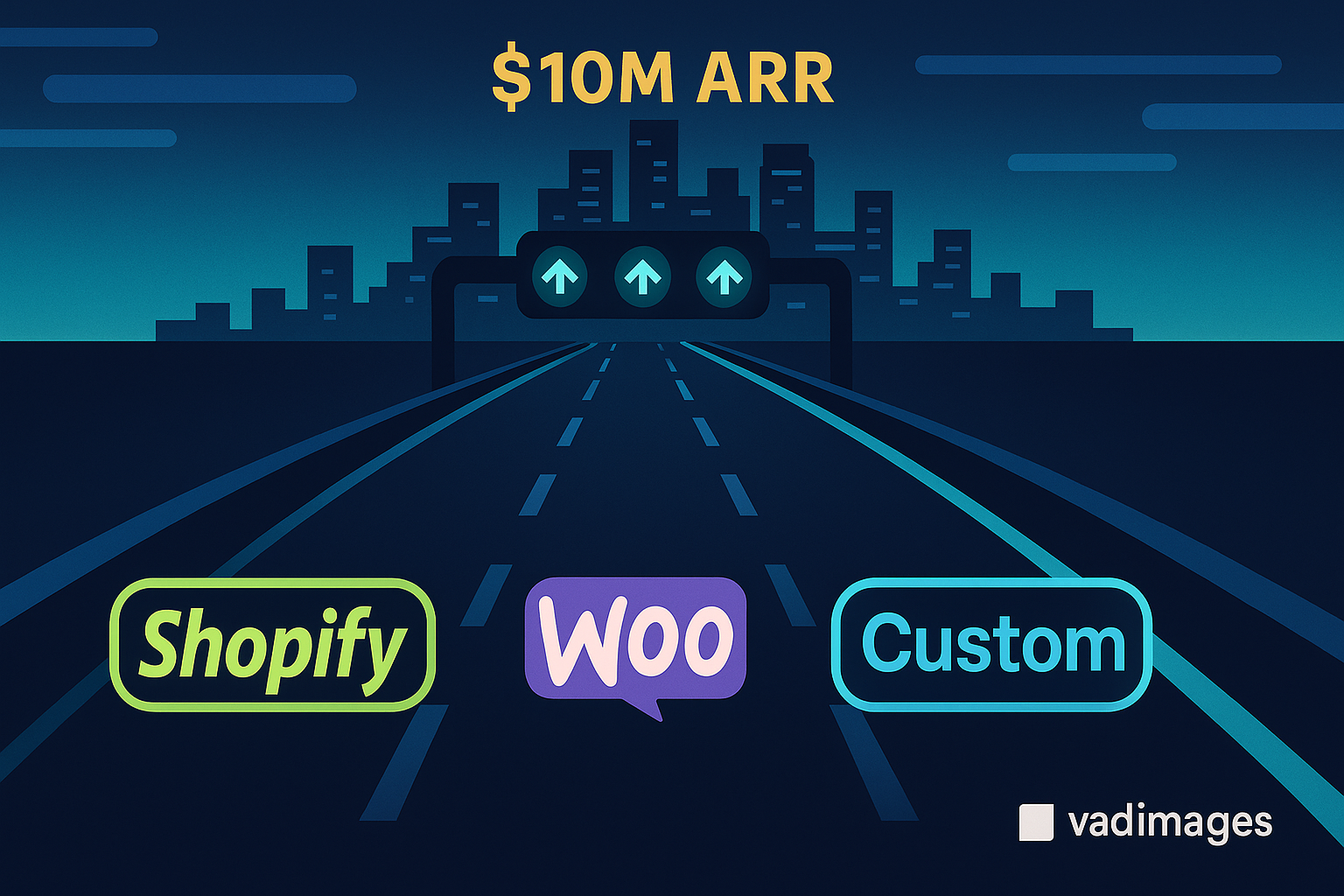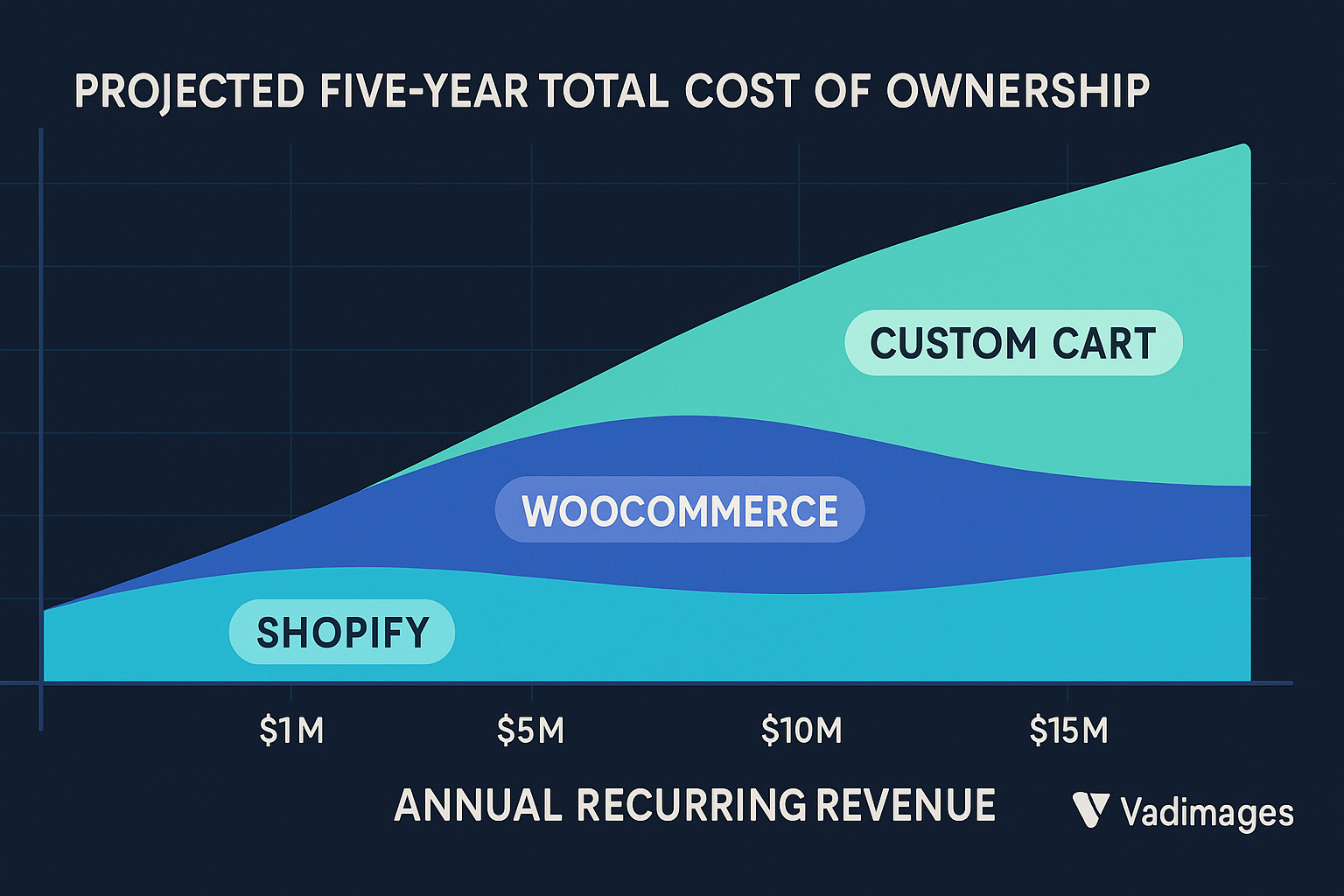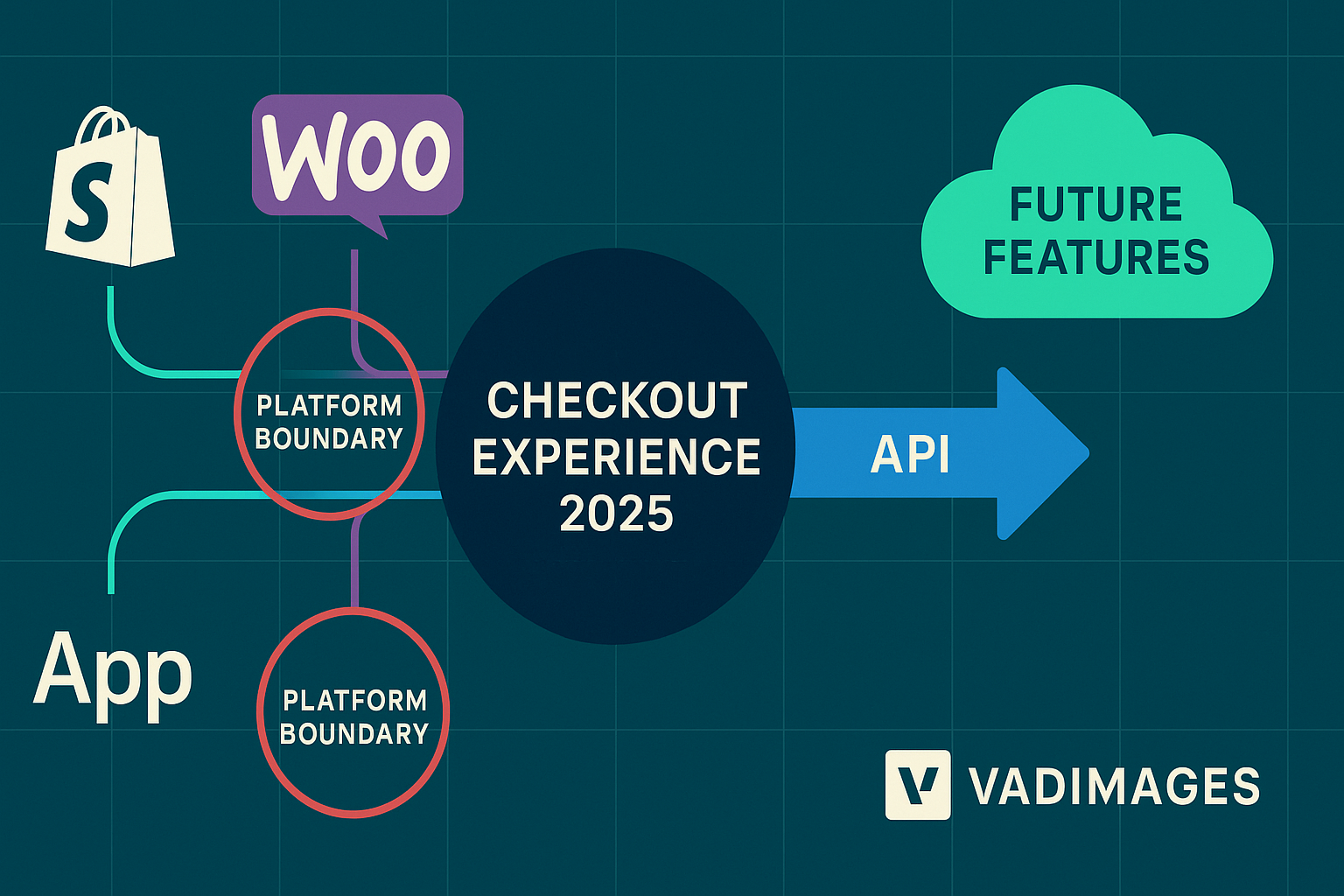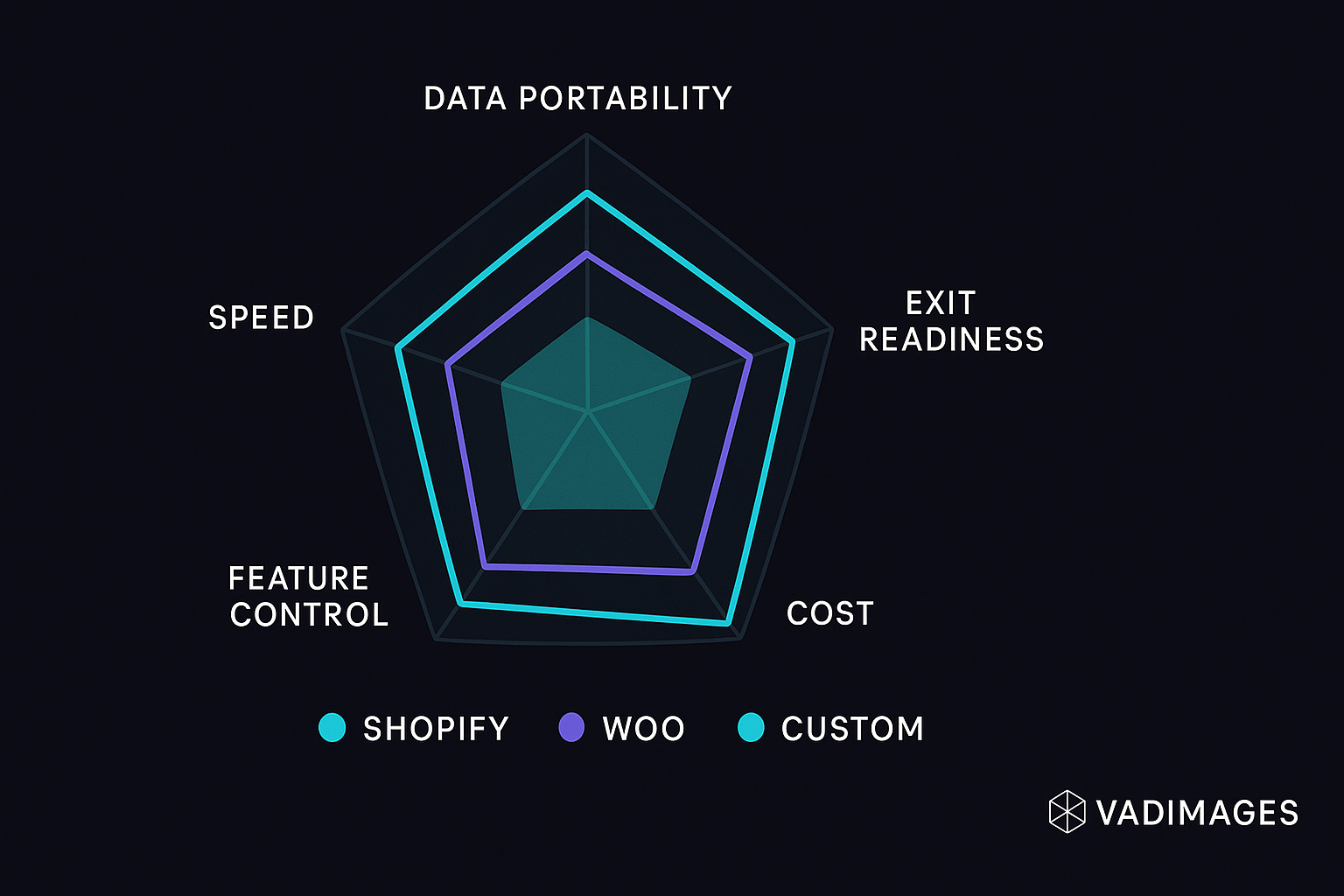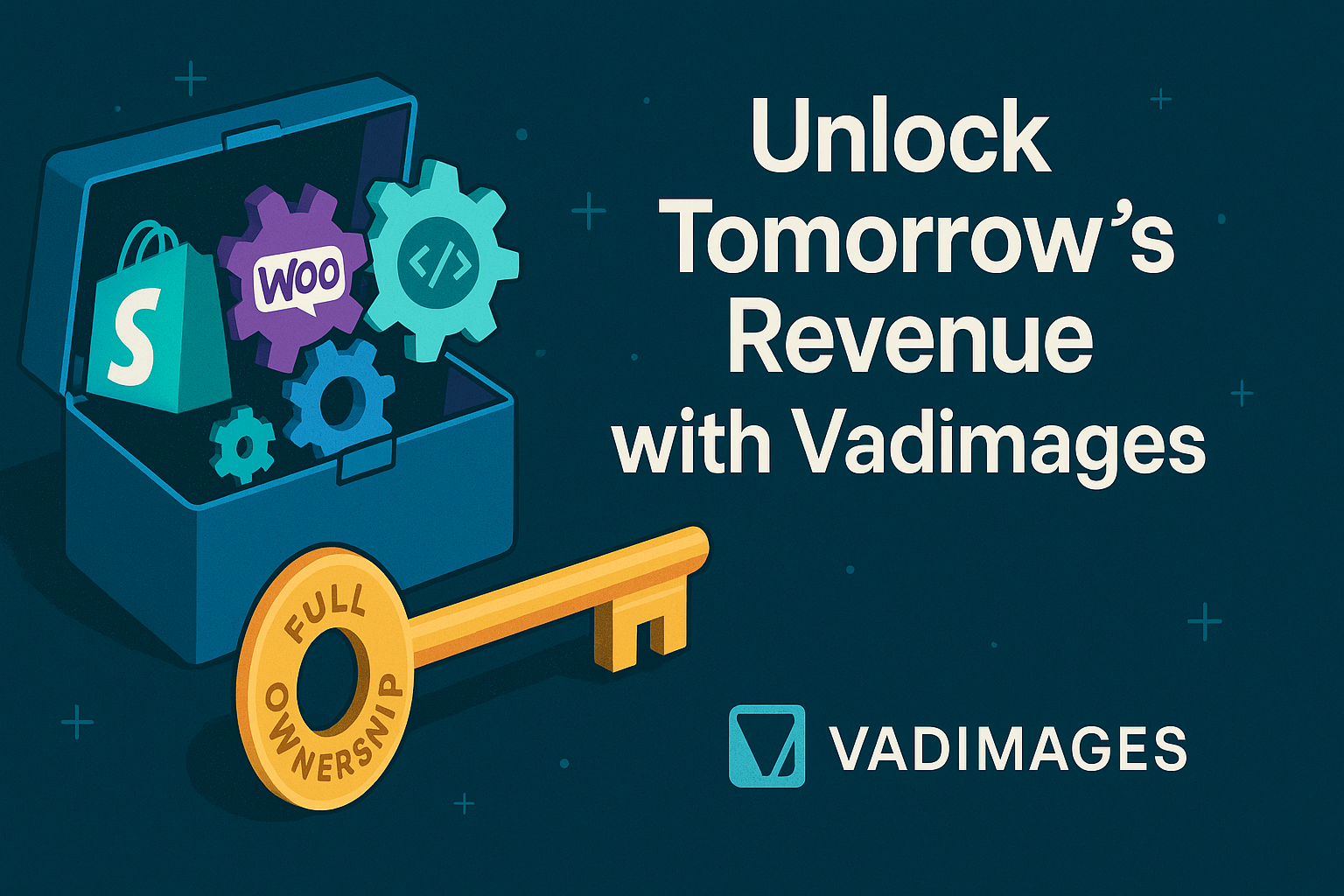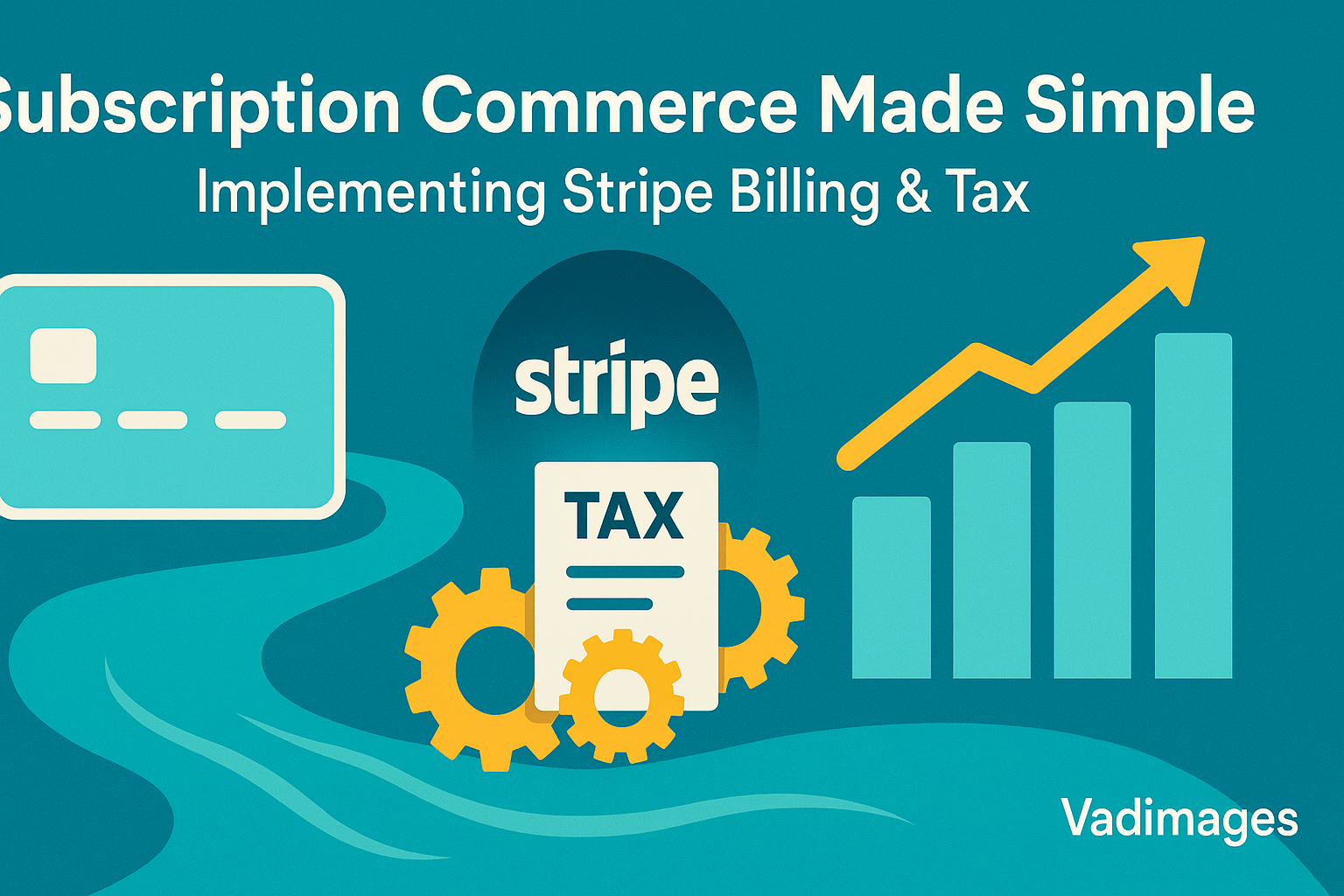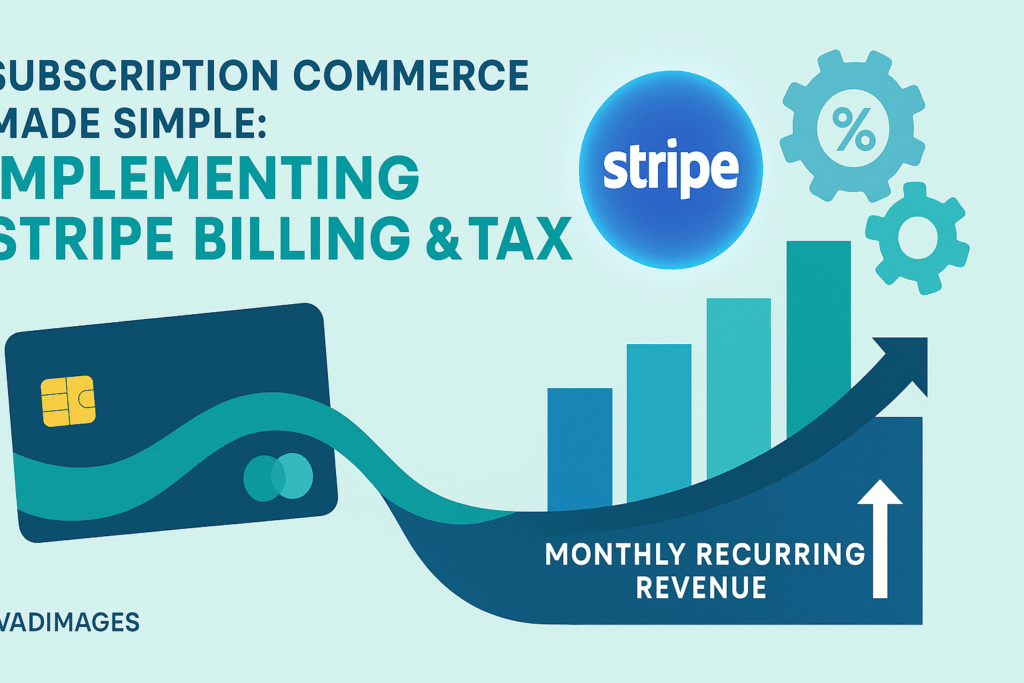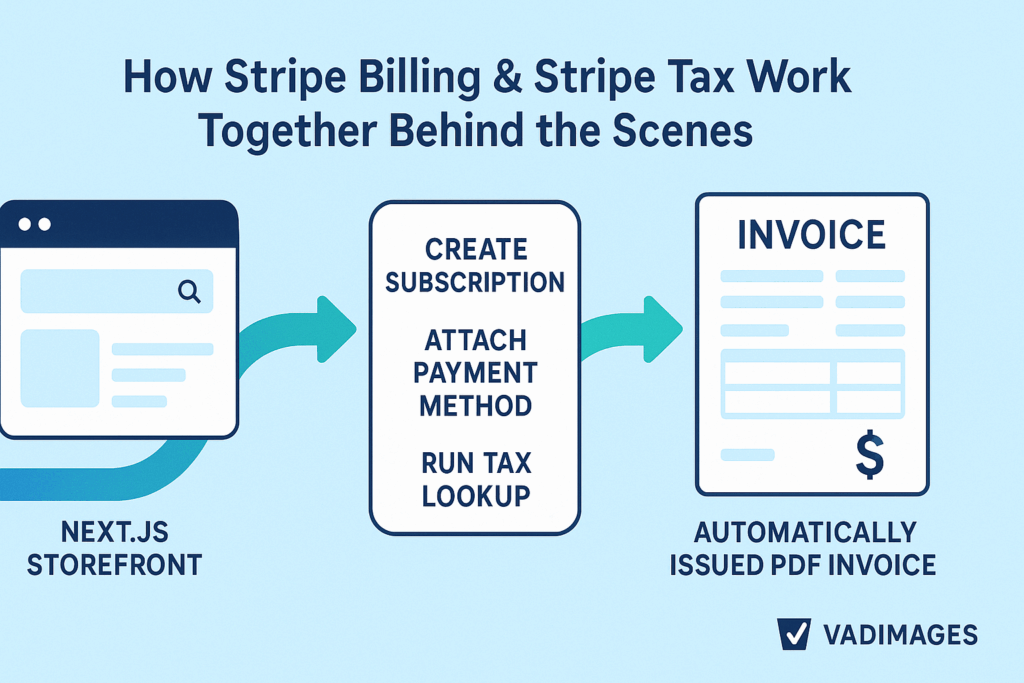Local Search in 2025: Why First Impressions Now Happen Online
A decade ago homeowners kept a refrigerator magnet or a yellow-pages bookmark for plumbers and lawn-care crews. Today eighty-two percent of U.S. smartphone users open Google or Apple Maps the moment a pipe bursts or a pet sitter is needed. Voice prompts like “Hey Siri, find a licensed electrician near me” trigger an algorithmic gauntlet where distance, service relevance, page-speed, schema-marked reviews, and localized backlinks decide who shows up in the coveted three-pack. If the searcher lands on a website that looks dated, buries the phone number, or lacks testimonials, trust evaporates in seconds and the back button hands the lead to a competitor.
Vadimages works with contractors, consultants, cleaning services, and specialty trades to translate real-world credibility—licenses, BBB ratings, community sponsorships—into web signals Google’s local algorithm loves. Our design team structures every service page around city-plus-service keyphrases, adds JSON-LD LocalBusiness schema, and embeds first-party review capture that posts fresh five-star snippets to your Google Business Profile automatically. Because smartphone traffic now tops seventy percent for local intent searches, layouts are mobile-first, fonts are thumb-friendly, and CTA buttons include click-to-call markup so a homeowner can dial without retyping.
From Click to Call: Turning Website Visitors into Paying Clients
Trust begins at the favicon and ends when the invoice is paid. The middle journey hinges on clarity. A service hero banner must state what you do, where you do it, and why you’re the safest choice, all above the fold. Scroll depth analytics show that local prospects abandon at the first sign of friction: multiple form fields, stock photos, or slow-loading sliders can cost thirty percent of leads. Vadimages deploys compressive images, HTTP/3, and edge caching to keep Largest Contentful Paint under two seconds nationwide.
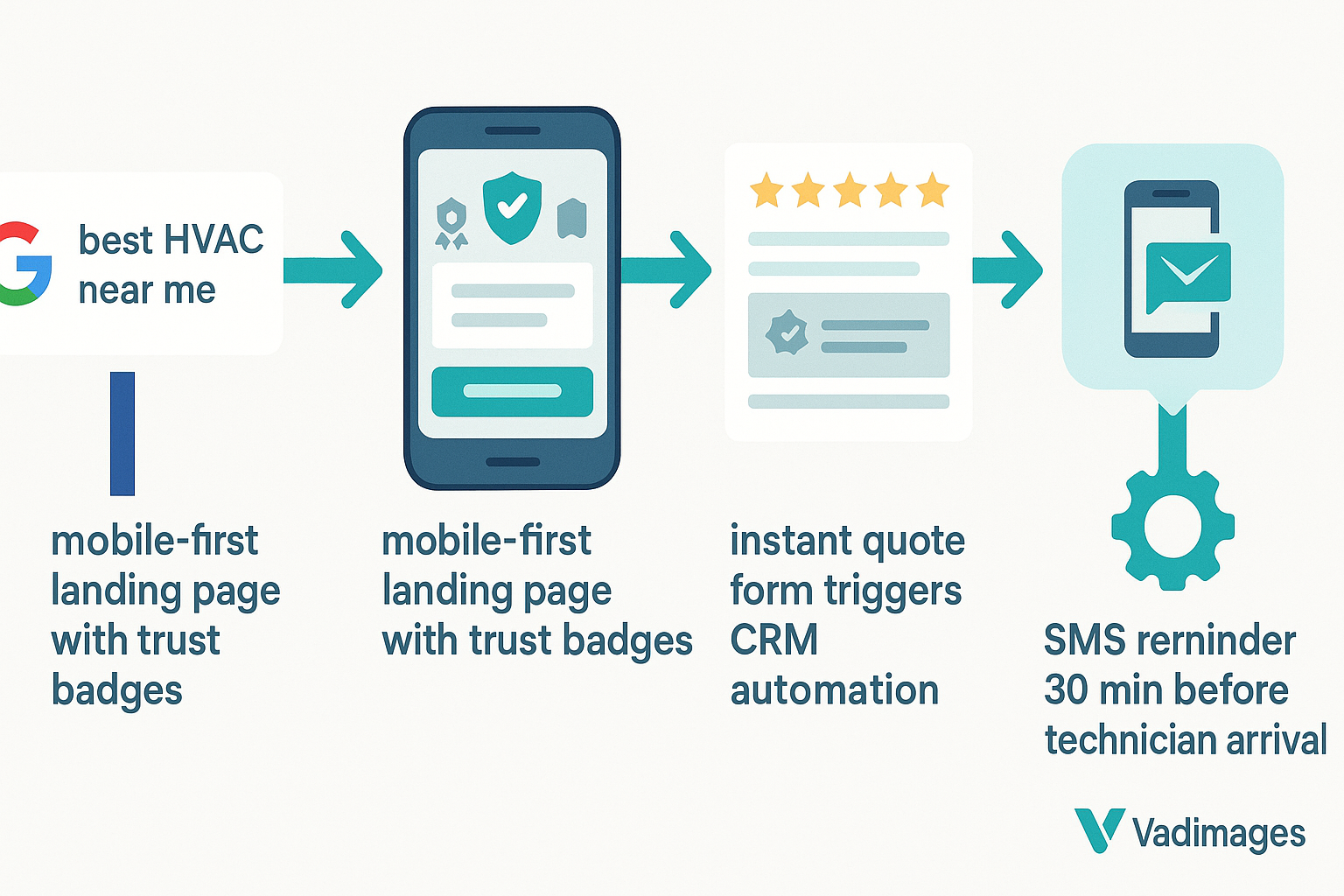
Social proof amplifies confidence. Our builds surface aggregate review scores beside real-name avatars and before-and-after galleries watermarked with the city neighborhood. Trust badges for licensure, insurance coverage, and EPA or LEED certifications sit beside a dynamic FAQ that pulls schema-enabled Q&A into the markup for voice assistant visibility. By integrating Stripe or PayPal Commerce, service deposits clear instantly, and a Zapier workflow updates QuickBooks while firing an SMS appointment confirmation—no manual entry, no missed calls.
Case Study: How a Roof-Repair Firm Doubled Leads with Vadimages
When North Carolina-based PeakShingle Roofing approached Vadimages, their decade-old WordPress theme ranked on page three for “storm damage roof repair Raleigh.” We performed a technical audit, migrated them to a Next.js static build hosted on AWS Amplify, and rewrote each service page with geo-optimized H1 tags, structured data, and embedded review capture. A photo-rich blog answering long-tail homeowner questions went live with a content calendar synced to seasonal search trends. Within ninety days organic impressions tripled, average page load time dropped to 1.4 s, and click-to-call conversions rose from 4.6 % to 11.2 %. Most telling: qualified inbound leads reached 212 per month—up 118 %—without increasing ad spend.
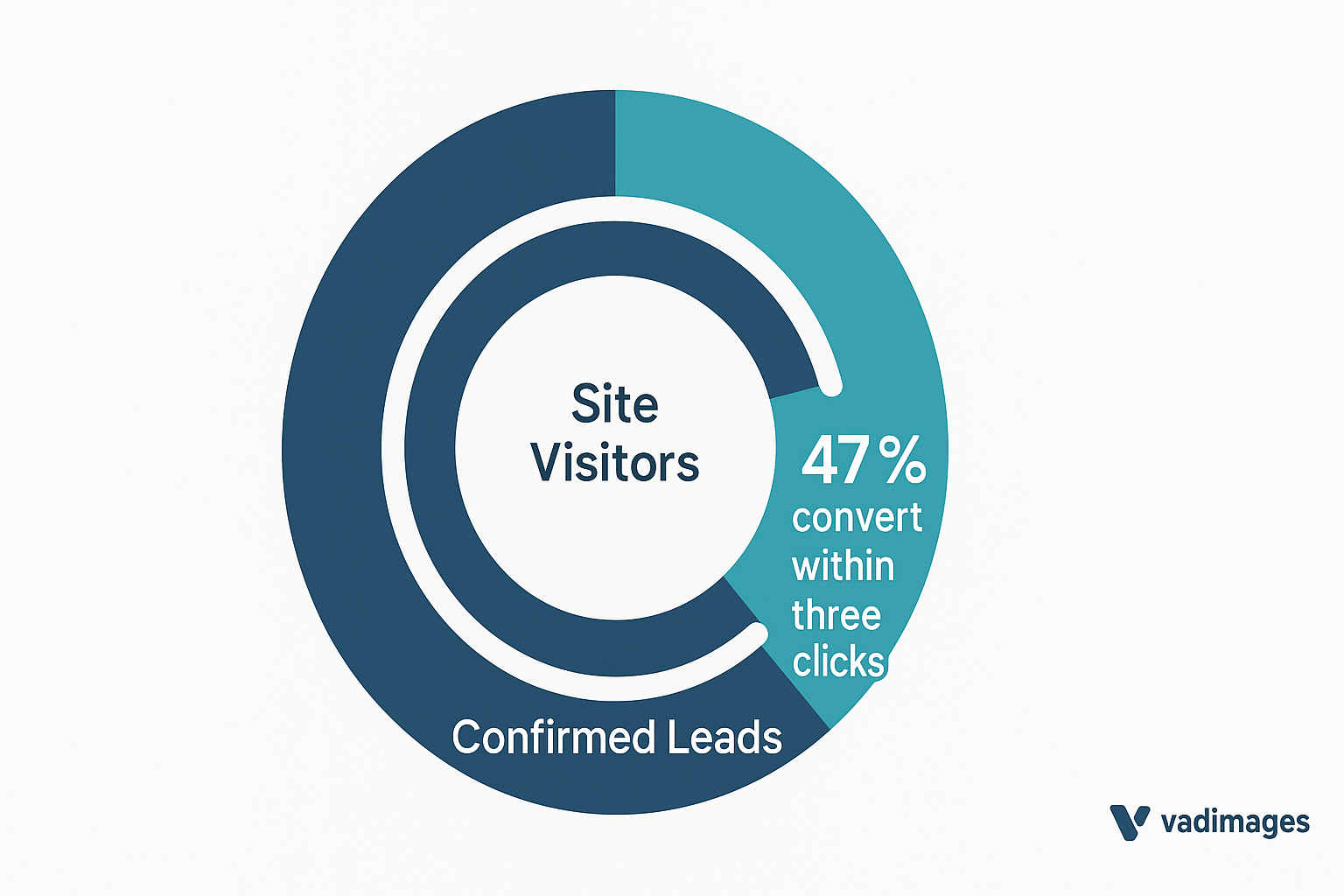
The secret was authenticity wrapped in performance. Drone photos of completed jobs replaced stock shingles, while a simple before-after slider let prospects verify workmanship. A financing calculator and embedded BBB A-rating badge reduced hesitation for high-ticket repairs. Every touchpoint reassured visitors they were dealing with local professionals who answer the phone, show up on time, and honor warranties—exactly the signals Google’s Quality Raters Guidelines reward.
Next Steps: Launch Your Trust-First Web Presence in 90 Days
A local service website is no longer a digital brochure; it is the frontline sales rep, lead qualifier, and brand ambassador that operates twenty-four hours a day. Whether you run a solo consulting practice or a fleet of service trucks across three counties, your web presence must convince both algorithms and humans that you are the most credible local choice. That means page-speed that respects limited rural bandwidth, conversational CTAs that nudge action, airtight security that protects personal data, and a design voice that feels both neighborhood-friendly and enterprise-grade.
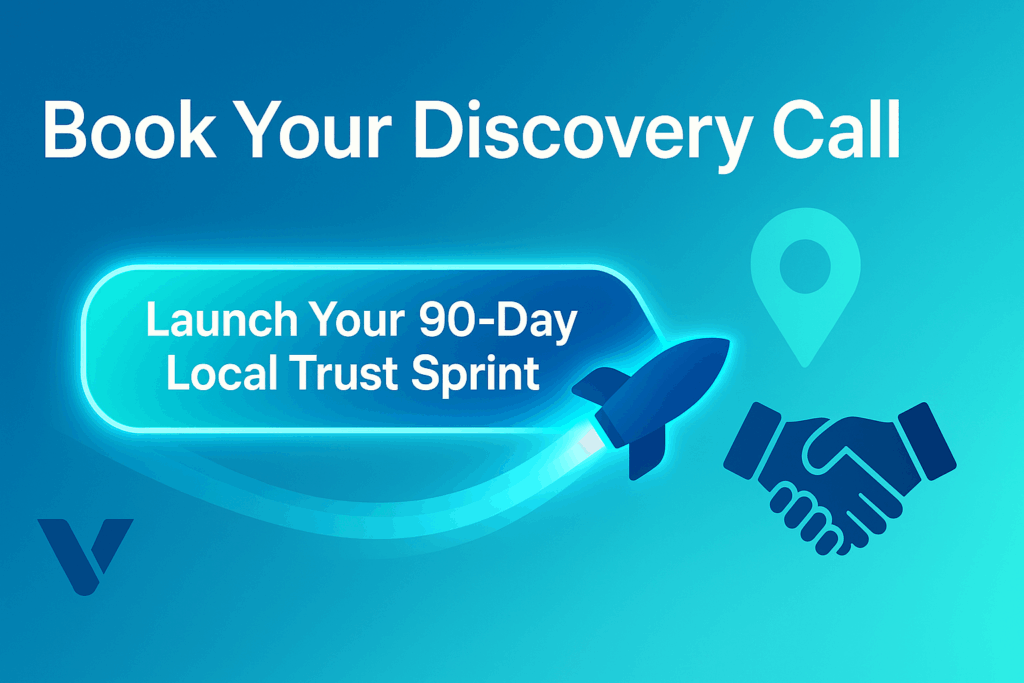
Vadimages delivers precisely that balance through our 90-Day Local Trust Sprint: discovery workshop, SEO and content gap analysis, high-fidelity Figma prototypes, production-ready Jamstack build, and launch-week schema auditing. Post-launch, our analytics dashboards track GMB calls, form fills, and revenue attribution so you can watch digital investment translate into signed work orders. Ready to own your market zip code by zip code? Tap the banner above, schedule a discovery call, and let Vadimages convert online searches into lifetime clients.

